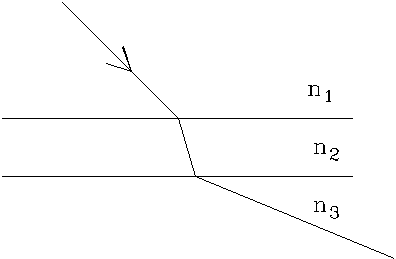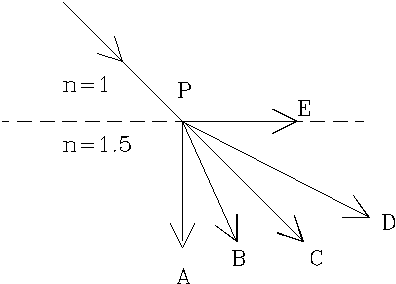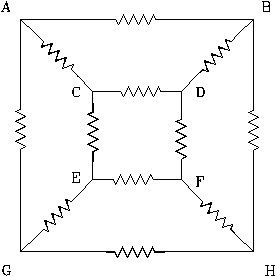- A beam of light passes from medium 1
to medium 2 to medium 3 as shown in the
accompanying figure. What is true about the
respective indices of refraction (n1,
n2, and n3)?
A) n1 > n2 > n3 B)n1 > n3 > n2
C) n2 > n3 > n1 D)n2 > n1 > n3
E) n3 > n1 > n2



